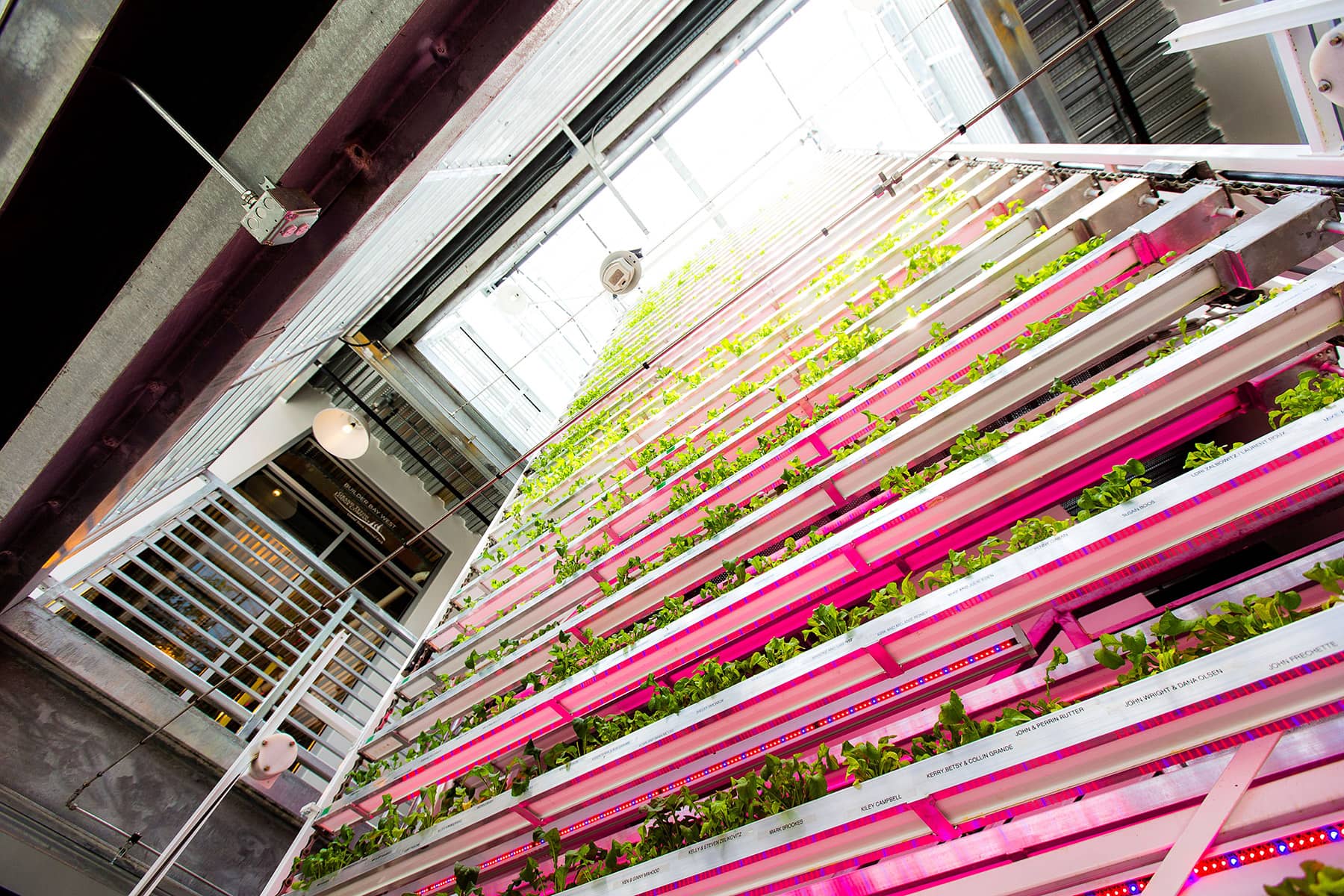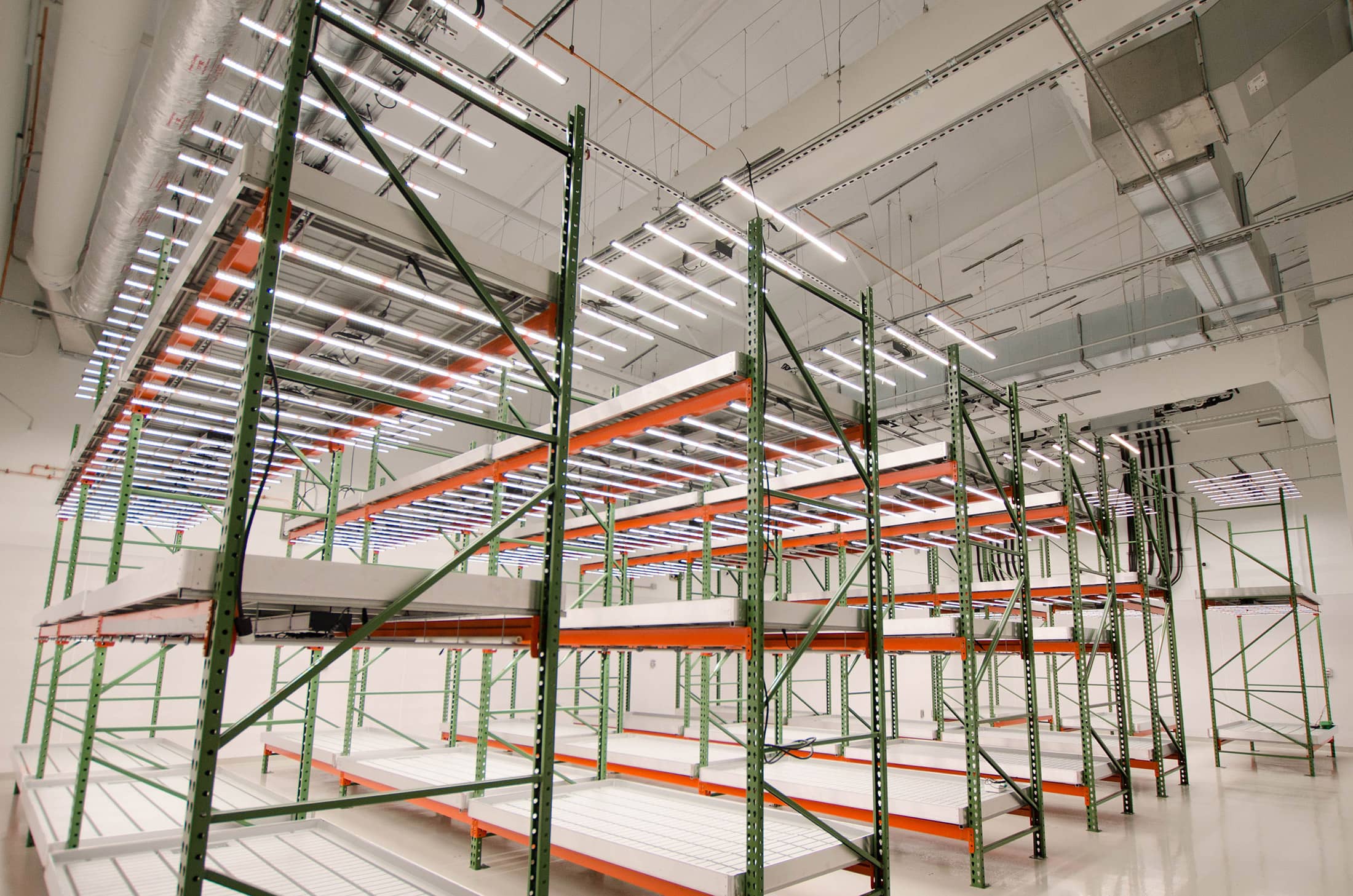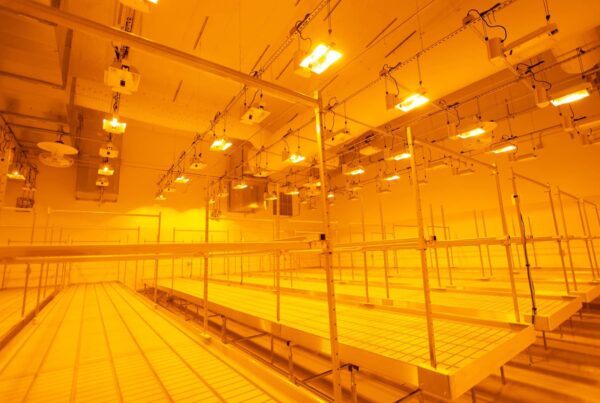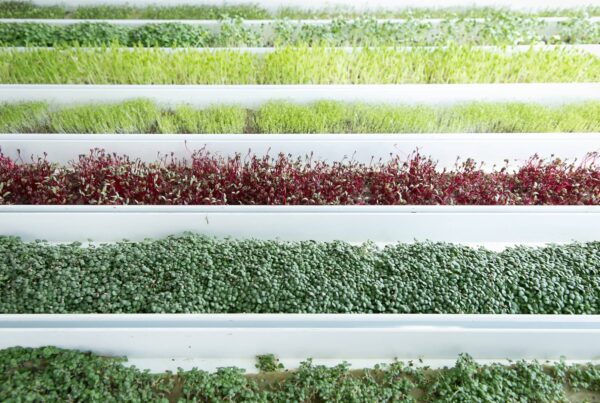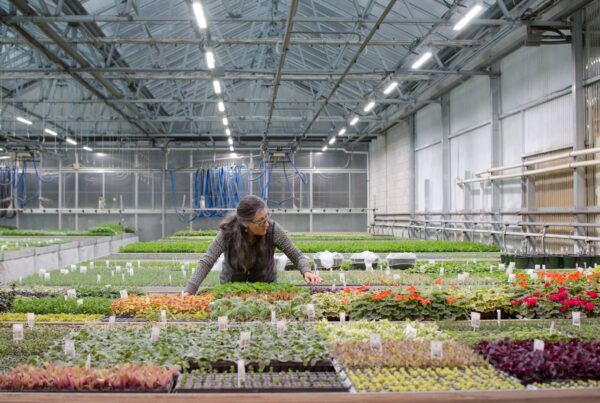CEA operators (including cannabis growers) may or may not be aware that their facility upgrade projects might be eligible for various incentive and rebate projects that can offset costs for a variety of equipment, or even make those projects economically feasible.
To help understand how these programs work and their requirements and opportunities, Cody Allen, Director at RII member organization ICF, shares his top tips on how CEA operators can connect with utilities, as well as state and federal program administrators, to unlock rebates and incentives for energy-efficient system upgrades.
1. Do your research.
When it comes to learning about, and applying for, utility incentives and rebate programs, it’s important that CEA operators not only turn to key partners, like their contractors and systems providers, but also do their own investigation into what is available to them in their states of operation.
“Utility programs are typically governed by state regulators like the Public Service Commission. And sometimes there are laws or legislation that are in place that are out of the utilities’ control,” Allen says. Contractors who have experience with generous incentive programs in certain states may not think it’s worthwhile to apply for another state’s incentive program, but “that really just hurts the customer,” he adds.
When doing your own research, it’s important that CEA operators look outside of programs that are CEA specific. Allen encourages CEA operators to “not only to look at the utility programs, but also other state grants and programs that are available, through the state or through the federal government like the USDA.”
There may be significant savings opportunities in federal programs (for all crops except cannabis with a THC content above 0.3%) through the USDA, REAP (Rural Energy for America Program), EQIP (Environmental Quality Incentives Program), or even programs funded through the Inflation Reduction Act (IRA) that may not be CEA specific for which operations can still qualify. For example, depending on the size of the operation, CEA facilities can sometimes qualify for small business programs, or even commercial and industrial (C&I) rebates.
“Depending on the rate class, it could fall into a small business program rather than a C&I program,” Allen says. “I encourage CEA owners and growers to look into the eligibility requirements of those programs.”
In certain cases, programs look at a business’s energy use (measured in kilo-watts) at peak times rather than facility size. “And just because you see that you don’t qualify [for a C&I program], it doesn’t mean there’s not another program within that suite of utility programs that you may qualify for,” Allen continues.
“The best thing to do is to call in if you have questions and try to talk to an energy advisor that represents that utility in those programs.”
2. Have conversations with utilities and policymakers.
Just because there aren’t any programs that are either worthwhile for your operation, or available to your business, doesn’t mean there are no opportunities to develop custom solutions with utility incentive program operators and policymakers, Allen notes. “Especially if the program’s not worthwhile because of [spending caps] from poor policy decisions. Come to the table and say, “Look, this is why the program’s not ideal, and here’s an example of a program that’s very successful. Here’s that structure, and here’s why we need to change.”.. If they view that sort of case and you can make that comparison, they tend to be willing to make modifications to improve the existing program or create a CEA-specific pathway.”
That said, eligibility for customized solutions or program changes is dependent on what the CEA facility wants to upgrade. For example, in states where the baseline lighting technology for CEA operators is already established as high-efficiency LEDs (such as California), minimal qualifications and requirements may not make you eligible for significant funds to upgrade to LED systems.
“The one thing that I challenge CEA operators to do is if there’s not a measure that you think should qualify, bring it up,” Allen says. “Just because it isn’t listed or it isn’t something that the utility has rebated on in the past doesn’t mean that it doesn’t have the capability of being a qualified project to move forward with.”
Generally, utilities and rebate program providers are willing to look at each proposed project and add new measures by which to evaluate efficiency and sustainability. “Utilities want to be proactive and to make an impact within the CEA industry,” Allen shares. “Be willing to bring up ideas and options that maybe they could explore.”
3. Get your paperwork in order.
Unlocking rebates and incentives, whether from utility, state, or federal programs, often will require businesses to submit a not-insignificant amount of paperwork. Entering into an agreement with the program provider starts with the application document.
“Nearly every utility program will have an application they will need to have filled out,” Allen explains. “It varies depending on what you’re doing, but it boils down to the CEA grower agreeing to the terms and conditions within that program.”
Having accurate energy or water use measurements (over varying periods) will be needed on both standard and custom-designed projects. For new builds, Allen says program administrators will often want to review facility blueprints. “We want to look at the plans put together by the architect and engineers so that we can compare and contrast [against the state standards] to see what we can help out with for improvements from an energy standpoint.”
Custom project applications are more complex and take more time to complete than applications for standardized programs. Allen says it can take more than a year for operators to see a payout, as there may be some pre- and post-upgrade facility monitoring that is required to be done by the incentive program provider “to confirm what the true actual energy savings are for that upgrade.”
“If it’s a custom project, … you need to document a brief overview of what you want to do: what’s the baseline equipment [in the state], what’s [in the facility] currently, what you want to do as far as an upgrade to make efficiency improvements to that facility,” he continues.
Types of upgrades that may require longer incubation periods can include new technology installs that are mostly unproven in the market or for which there are no established baselines. So that is a reason why that is delayed. “These programs are governed by the Public Service Commission and we have to show and document that there are truly energy savings there,” Allen says. “Otherwise, we’re not doing a good justice to the ratepayers who are funding these programs.”
It’s also important to note that changes to upgrade plans can delay rebate and incentive delivery, and CEA operators could see drops in rebates if the changes result in lesser energy savings. Utilities may also only pay out a part of the promised incentive if the upgrades are completed in phases, or may opt to wait until the entire upgrade project is complete to pay for rebates.
4. Consider upgrades beyond lighting.
CEA facility operators may be most familiar with incentive and rebate programs focused on LED lighting upgrades, as lighting often represents the highest energy demand (especially for indoor farms). But high-efficiency HVAC systems, combined HVAC and dehumidification units, and water-saving technologies are all items utilities, states, and federal agencies are looking at, Allen says.
“The biggest challenge that the utilities have is proving that baseline,” he notes. “I encourage CEA growers not to be discouraged if it takes time to really establish that baseline.”
Regional climate and industry differences can significantly alter program incentives and wait times. “It sometimes takes time to have that proof-of-concept there to really show that there’s resource savings to be had. So sometimes it can take a bit of time to close those deals out, but it’s definitely well worth the effort–you’re talking about hundreds of thousands of dollars in some cases, sometimes millions, and a lot of energy savings and a reduction in your operating costs.”

5. Keep track of program timelines.
Understandably, CEA operators may elect to push off efficiency upgrade projects amidst the bustle of day-to-day operations. However, energy-efficiency rebate programs often operate under specific eligibility timelines, meaning pushing off projects can lead to operators missing out on thousands, or even millions, of dollars of incentives.
“These utility programs are typically approved by the Public Service Commission, for a certain amount of years,” Allen explains. “Typically, that’s anywhere from a one year to a five or more year process.” On average, programs operate on three- or four-year cycles, he continues.
If CEA operators apply for these programs near the end of the eligibility period, or if upgrade projects extend past those cycles, “the utility can’t technically make any promises in some cases with that next year because the programs aren’t technically approved with the Public Service Commission,” Allen notes.
“You need to be mindful of when those programs technically end and when that funding actually ends so that you can plan accordingly and make sure that you’re taking advantage of the incentive funds and the programs while they’re within that program.”
Meet Our Members
Thank you to our members who participated in this blog. Read more about their organizations below:
Cody Allen is a Director at ICF’s Utility Program & Services Division specializing in the areas of agricultural energy efficiency, demand response, and overall portfolio management.



